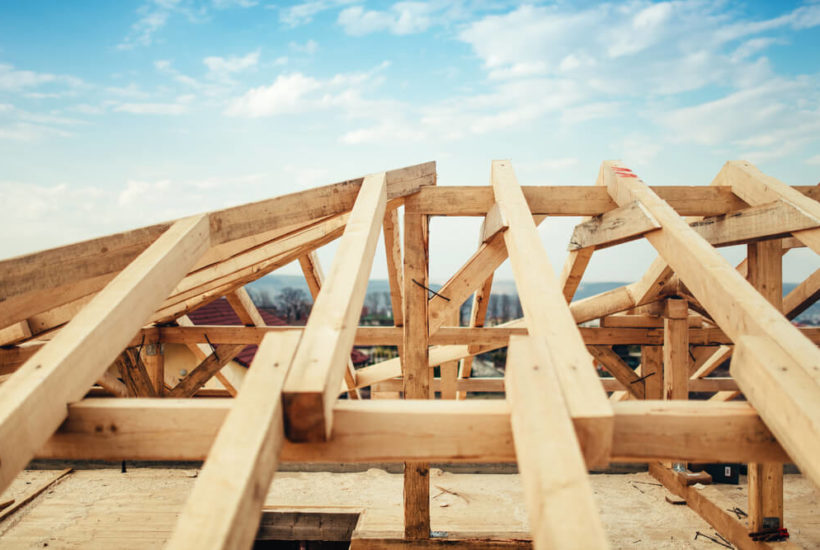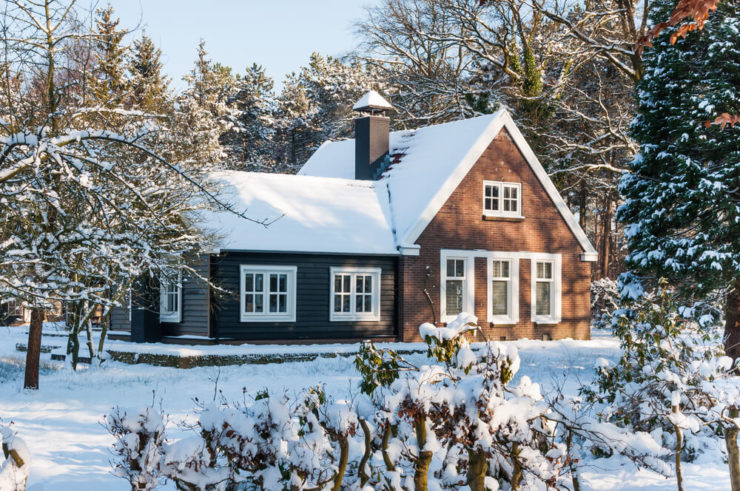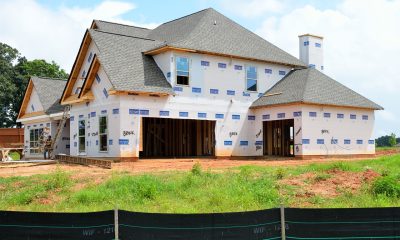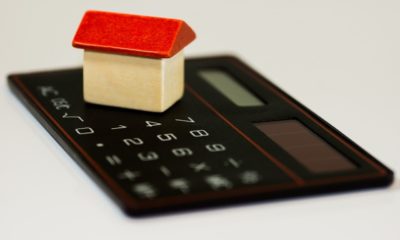Business
How the building envelope impacts your property investments
The building envelope is the barrier between indoor and outdoor environments. Here’s how it plays an important role in your property investments.

There are tons of attractive elements investors can add to a commercial property. Technology, connectivity and modern appeal are often at the top of the list, and not without good reason. But before spending money to optimize the inner workings of a building, make sure you’re taking proper care of the exterior.
In simple terms, the building envelope is the physical barrier between your indoor and outdoor environments. It typically consists of walls, insulation, windows, roofs, and doors. Think of the outer edges of an envelope as that barrier between the inside and outside spaces.
If your building’s envelope is lacking, you’re likely to see higher energy costs and more dramatic repairs. When your envelope leaks air or conducts too much heat, it can cause your equipment to use more energy to maintain a comfortable indoor environment. And if you run into major leakages, you might threaten your tenants’ property within.
Aside from avoiding the energy and repair costs that can come from a weak building envelope, there are many benefits to making sure yours is strong and maintaining a healthy and habitable indoor environment. Here are just a few.
1. Increase property value
Nobody wants to live or work in a building that has leaks or unsafe conditions. These issues will ultimately drive down the value of your building. By maintaining your building’s envelope, you can ensure that your indoor environment will be up to an acceptable standard, making sure any tenants or employees are happy in the process.
One way help maintain your building’s ability to provide comfort is by having an inspection of your building’s roof so that you can be sure it isn’t leaking any air and consequently causing rising energy costs.
2. Avoid extra costs by repairing issues early
If you decide that a minor leak in your building isn’t a major concern, you might want to reconsider. Many external factors — like weather and oxidation — can deteriorate any building over time.
This deterioration process can lead to unsafe living or working conditions and cause you to end up paying more for the repair in the long run. Any problem with the building envelope will only get worse over time if it’s left unaddressed, and bigger issues lead to bigger costs. Make sure you stay proactive with your repairs, and you can easily avoid any unforeseen problems or headaches in the future.
3. Prevent major problems in the winter
The winter months can be costly if your structure has a weak envelope. Your building loses a lot of its heat in the winter through the windows. By making sure they’re sealed tight, you can prevent some of that excess heat from escaping.

Ensure that your structure can withstand the winter months as weak envelopes mean costs on repairs. (Photo by Ruud Morijn Photographer via Shutterstock)
Property owners in snowy climates will also need to take a second look at their commercial roof. The weight of ice and snow can penetrate the roof’s membrane and create leaks that jeopardize the building interior. You’ll want to be proactive and get any fixes in before winter hits — it’ll only get more costly if you wait until the last minute. An emergency repair is going to cost you more than one you planned.
How to maintain your property’s building envelope:
At this point, you may be wondering what some common building envelope improvements are. Taking care of multiple elements will increase the amount of energy you save over time. Here are some ideas.
1. Seal and insulate
Making sure your walls, doors, windows and other openings are sealed is vital to lowering energy costs. Having the right insulation in your home or office will increase the overall comfort of your indoor environment, and most buildings will improve as a result. There are even numerous sealing techniques you can use to make sure you’re doing it right.
2. Use energy-efficient window attachments
Much of your indoor air can escape from your windows if you’re not using effective window attachments. In the summer months, you can use energy efficient blinds to ensure that your building has less heat coming in, making it easier on all your cooling systems.
Even other window attachments like shutters and awnings have been proven to effectively reduce incoming heat during the hotter months of the year. Make sure you evaluate all your options when you’re choosing what attachments to add to your windows.
3. Clean the exterior of your building
Making sure you have a clean exterior to your building can greatly aid its appearance. While this step doesn’t directly correlate to energy savings inside, it can increase the overall value and perception of the building as a whole. Adding aesthetic appeal to the location is important for both business and residential buildings, and a clean exterior can help prevent repair issues over time.
4. Proper maintenance is key
The key takeaway from this list is that you should always be proactive with any maintenance of your building envelope. If you wait too long, you’ll undoubtedly have increased costs and headaches on your horizon. You can also make sure you have a proper inspection done so that you know exactly what actions to take to correct the leaks or other flaws your building might have.
(Featured image by bogdanhoda via Shutterstock)
—
DISCLAIMER: This article expresses my own ideas and opinions. Any information I have shared are from sources that I believe to be reliable and accurate. I did not receive any financial compensation for writing this post, nor do I own any shares in any company I’ve mentioned. I encourage any reader to do their own diligent research first before making any investment decisions.

-

 Crypto7 days ago
Crypto7 days agoEthereum in 2025: Volatility, Maturity, and Strategic Renewal
-

 Africa2 weeks ago
Africa2 weeks agoMorocco’s Rising Country Risk Profile Boosts Investor Confidence
-

 Markets6 days ago
Markets6 days agoSugar Markets Cautious Amid Surplus Outlook and Steady Demand
-

 Crypto2 weeks ago
Crypto2 weeks agoRipple in 2025: Legal Victory, RLUSD Growth, and XRP’s Uncertain Future

























